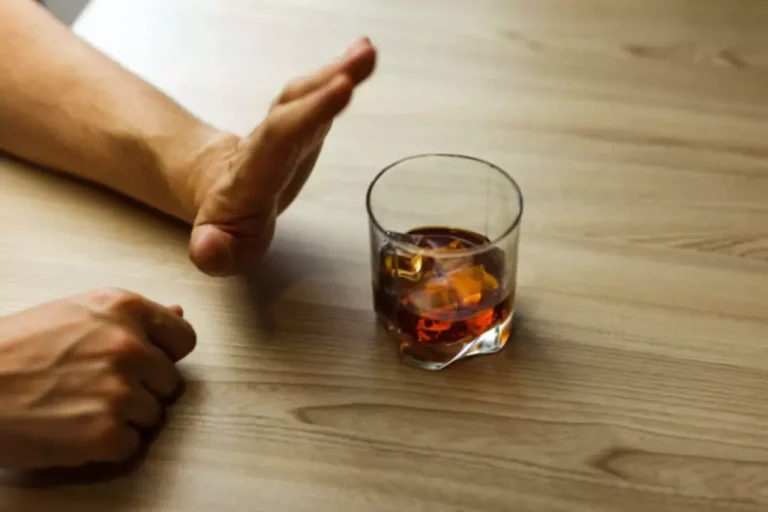Alcoholic Neuropathy: Symptoms, Causes, and Treatment

As the condition progresses, the pain may vary in intensity, sometimes diminishing for months before worsening again. The researchers then applied the resulting model to MRI scans from almost 50,000 people participating in various studies of aging and neurological health. The scientists linked various types of age-related brain degeneration to combinations of the five patterns, although there was some variability between individuals with the same condition. To identify broader patterns, Davatzikos’s team embarked on a study that took roughly eight years to complete and publish. They used a deep-learning method called Surreal-GAN that was developed by first author Zhijian Yang while he was a graduate student in Davatzikos’s laboratory.

History and Physical

It also discusses treatment options, including how to get help for alcohol use disorder. The damage may be the direct result of long periods where you drank too much alcohol. Nutritional problems linked to alcohol use, such as vitamin deficiency, can also cause nerve damage. Uniquely, Vittadini and colleagues found a relationship between the type of alcohol consumed and neuropathy. Specifically, the study demonstrated worse NCS study dysfunction amongst wine drinkers, than those who drank beer or spirits alone [6].
- An 8 week, randomized, multicentre, placebo-controlled, double-blind study compared the effect of benfotiamine alone with a benfotiamine complex (Milgamma-N) or placebo in 84 alcoholic patients.
- In this case, there may be some improvement in the symptoms of alcoholic neuropathy after the liver transplant, but the neuropathy may also be so advanced that there may be little, if any, improvement, even after a transplant.
- The most common findings are sensory-related and vary, including pain, numbness, and paresthesias.
- Treatment for alcoholic neuropathy first focuses on stopping or significantly reducing alcohol intake.
Conditions That May Mimic Alcoholic Neuropathy
- Probably the most common symptom of mild neuropathy is chronic prickling, burning, or numbness in the arms and legs.
- Alcoholic-related neuropathy (ALN) is a serious and irreversible condition that can lead to severe pain and physical disability.
- Changes in muscle strength or sensation usually occur on both sides of the body and are more common in the legs than in the arms.
- The treatment rests on abstinence from alcohol and the replacement of key nutrients.
- Affected nerves include the peripheral nerves, primarily located in the arms and legs, and the autonomic nerves, which help regulate our internal body functions.
If you are experiencing pain because of your condition, you may be prescribed pain medication. However, if you have a history of substance use disorder or chronic alcoholics, you may be suggested to use alternatives to regular pain medications, like massage https://ecosoberhouse.com/ or acupuncture. A doctor will take a thorough health history and have you complete questionnaires related to alcohol intake to help diagnose these conditions. A diet poor in nutrients or avoiding eating can make nutritional deficiencies worse.
Alcoholic Neuropathy: Symptoms, Causes, Treatments
Peripheral neuropathy refers to damage or disease of the nerves that carry messages to and from the brain or spinal column and the rest of the body. More recent research, however, suggests that alcohol can directly damage nerves. The evidence points toward alcohol-related peripheral neuropathy being a form of toxic neuropathy, rather than nutritional neuropathy. The primary axonal damage and secondary demyelination of motor and sensory fibres (especially small diameter fibres) are considered to constitute the morphologic basis of alcoholic damage to nerve tissue at present [20].
Types and symptoms of alcohol-related neurologic disease

The development of alcoholic neuropathy is a gradual process that occurs over an extended period of excessive alcohol consumption. It typically takes years of chronic alcohol consumption to manifest symptoms of alcoholic neuropathy. The duration and intensity of alcoholism, along with individual factors such as genetics and overall health, can influence the onset and progression of the condition.
Alcoholic Neuropathy Diagnosis
- The reason for better results in the benfotiamine alone group than in the Milgamma-N group, despite the fact that the benfotiamine dosage was equivalent, is not completely understood.
- The evidence points toward alcohol-related peripheral neuropathy being a form of toxic neuropathy, rather than nutritional neuropathy.
- If that diagnosis is confirmed, you’ll need supervised detox in a hospital, plus long-term counseling to reinvent your life and avoid relapse.
- ALN further manifests as weakness and atrophy of muscles due to the damage of greater motor fibers and impaired neuromuscular transmission.
- Alcoholic neuropathy signs and symptoms can progress gradually and are usually subtle at first.
- Physical therapy and orthopedic appliances (such as splints) may be needed to maintain muscle function and limb position.
Your doctor will need to rule out other potential causes for your symptoms. A person can improve their outlook by significantly reducing or stopping their alcohol intake and ensuring that they are receiving the right balance of nutrients. When speaking with a doctor, a person should be honest about how much alcohol they consume. There are several possible causes of neuropathy, and knowing about a person’s alcohol intake can help the doctor to make an accurate diagnosis.

The application of N-acetylcysteine for peripheral neuropathy
Proposed mechanisms include circulatory disturbances in liver cirrhosis, metabolic and neurohormonal (renin-angiotensin-aldosterone system) dysfunctions, excessive nitric oxide production, oxidative stress, and inflammatory mediators [11, 171]. There is a strong correlation between AAN and Child-Pugh scale which suggests that liver cirrhosis progression is related to impairments in ANS [172]. Alcohol-abusing patients with liver cirrhosis and vagus nerve neuropathy are at higher risk of a sudden death compared to patients without impairments within the alcohol neuropathy stages nervous system [173, 174]. Caspases, or cysteine-aspartic acid proteases, are a family of cysteine proteases, which play an essential role in apoptosis (programmed cell death), necrosis and inflammation. Translocation of NFkβ to the nucleus has been reported to result in activation of the endogenous proteolytic enzyme system caspases [69]. Joseph & Levine [71] suggested that activity in signaling pathways that ultimately lead to apoptosis plays a critical role in the generation of neuropathic pain, before death of sensory neurones becomes apparent.
Autonomic symptoms
Nerve damage typically affects the axons, which are the projections that send electrical signals from one nerve to another. It also impacts the myelin, which is the fatty coating that protects the nerves. Previous studies have shown that machine-learning methods can extract the subtle fingerprints of aging from MRI data.

.png)